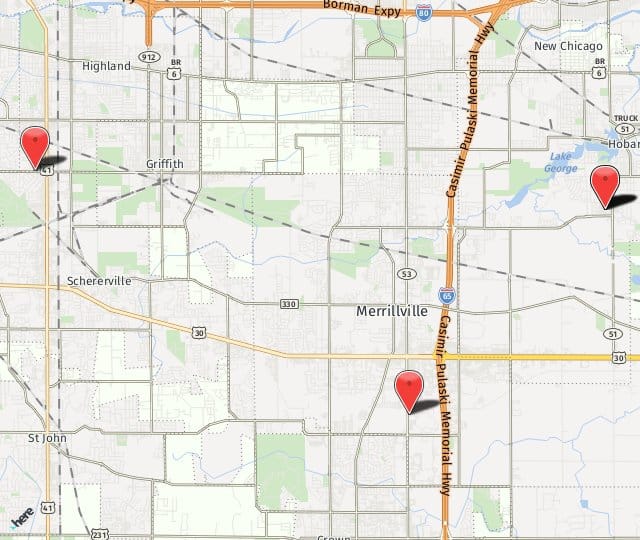If you’ve ever experienced an ankle strain, sprain or fracture, then you know these injuries can happen at the worst time. How do you know if it’s an emergency situation that needs attention right away? It’s important to know the differences between sprains and strains and how to treat each for the best long-term outcome.
Types of ankle injuries
Knowing the difference between ankle injuries will help when knowing when to seek medical care. Pay attention to the noise when the injury occurs. If you hear a crack, it’s most likely not a sprain. With a sprain, you may hear a popping sound. If the shape of your ankle is wrong, then it is most likely from swelling.
You will have lots of pain if you strained your ankle. If the pain is in the soft part of your ankle, you probably have a strain. If you experience numbness or tingling, you probably have a fracture. If the ankle hurts or is tender to the touch directly over the ankle bone, it’s likely a fracture.
Treatment
If you’ve sprained your ankle, you want to do immediate treatment called RICE: rest, ice, compression and elevation. Rest the ankle for 24-48 hours, if possible. Put an ice pack on it for 20 minutes 3-5 times a day, or until swelling subsides. Compress the ankle by wrapping it with an ace bandage or elastic ankle sleeve. Elevate the ankle at least as high as your hip when you are seated. In addition, take some ibuprofen.
Healing can vary widely with ankle sprains depending on how severely you strained it. A minor strain can take anywhere from 1-3 weeks to heal, while a strain that has a full tear could take several months to heal.
If you’ve fractured your ankle, you will need to have it immobilized and make sure you avoid or reduce weight-bearing activity for 4-8 weeks until the bones heal completely. It may take several months and some physical therapy before you get full range of motion. As long as the fractured ankle is stable, you probably won’t need surgery.
If you are concerned you have a foot injury, call (219) 795-3360 to schedule an appointment.

